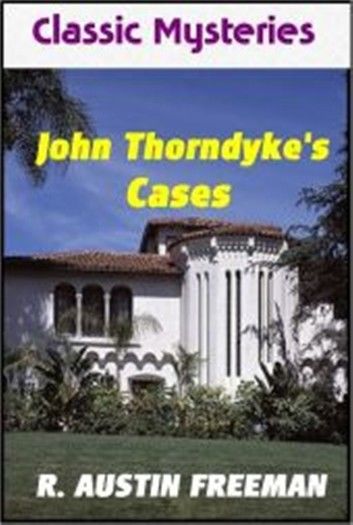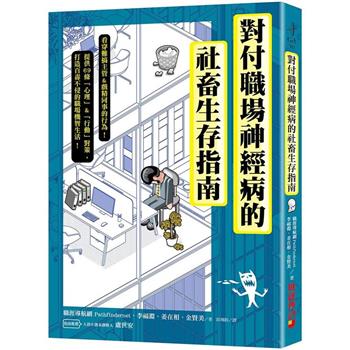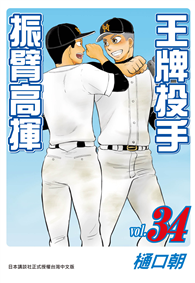The book blub says: "The stories in this collection, inasmuch as they constitute a somewhat new departure in this class of literature, require a few words of introduction. The primary function of all fiction is to furnish entertainment to the reader, and this fact has not been lost sight of. But the interest of so-called "detective" fiction is, I believe, greatly enhanced by a careful adherence to the probable, and a strict avoidance of physical impossibilities; and, in accordance with this belief, I have been scrupulous in confining myself to authentic facts and practicable methods. The stories have, for the most part, a medico-legal motive, and the methods of solution described in them are similar to those employed in actual practice by medical jurists. The stories illustrate, in fact, the application to the detection of crime of the ordinary methods of scientific research. I may add that the experiments described have in all cases been performed by me, and that the micro-photographs are, of course, from the actual specimens."
These stories starring the classic British detective character of Dr Thorndyke can be seen as a precursor to the popular CSI television shows. R. Austin Freeman introduced forensic science to the general public at a time when the science itself was new, and has his character plead for the importance of having a crime scene left alone until it can be inspected by a forensic investigator -- or as they are called here, a "medical jurist". The stories are interesting not only for the characters and plots but Freeman's attention to scientific accuracy and inclusion of diagrams and photos to illustrate the means to solution. This collection of short detective stories not only is as fascinating as the Sherlock Holmes books but it contains more realistic cases and, as such, can even serve as an introduction to forensics.






![塔木德:猶太人的致富聖經[修訂版]:1000多年來帶領猶太人快速累積財富的神祕經典 塔木德:猶太人的致富聖經[修訂版]:1000多年來帶領猶太人快速累積財富的神祕經典](https://media.taaze.tw/showLargeImage.html?sc=11100697818)





